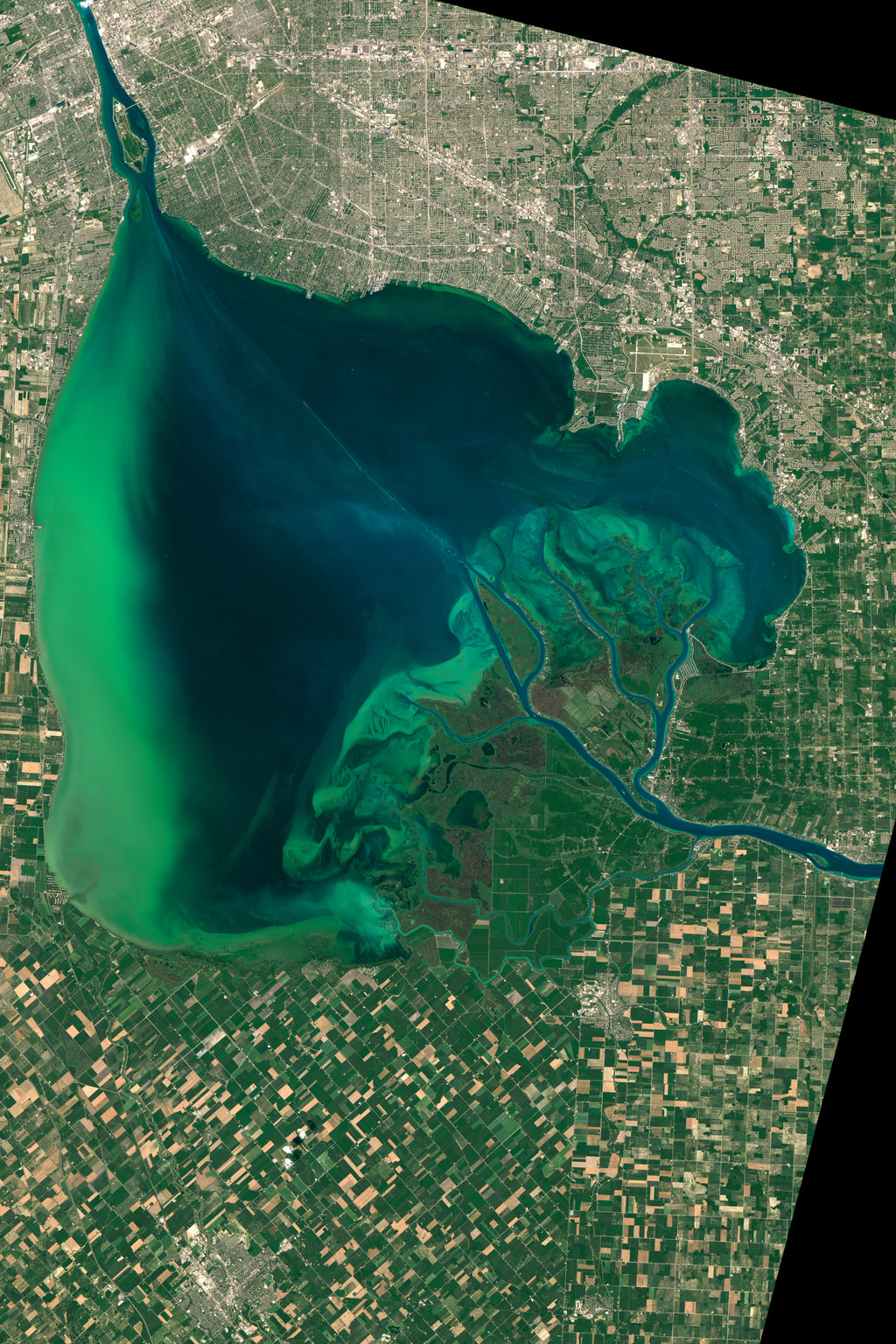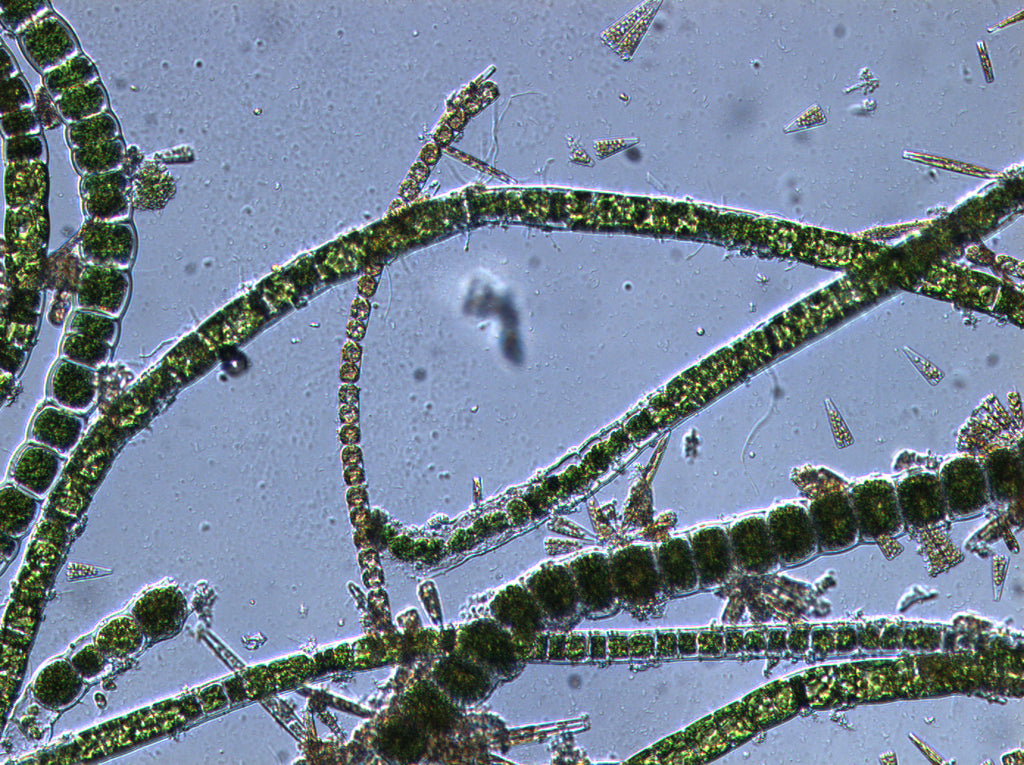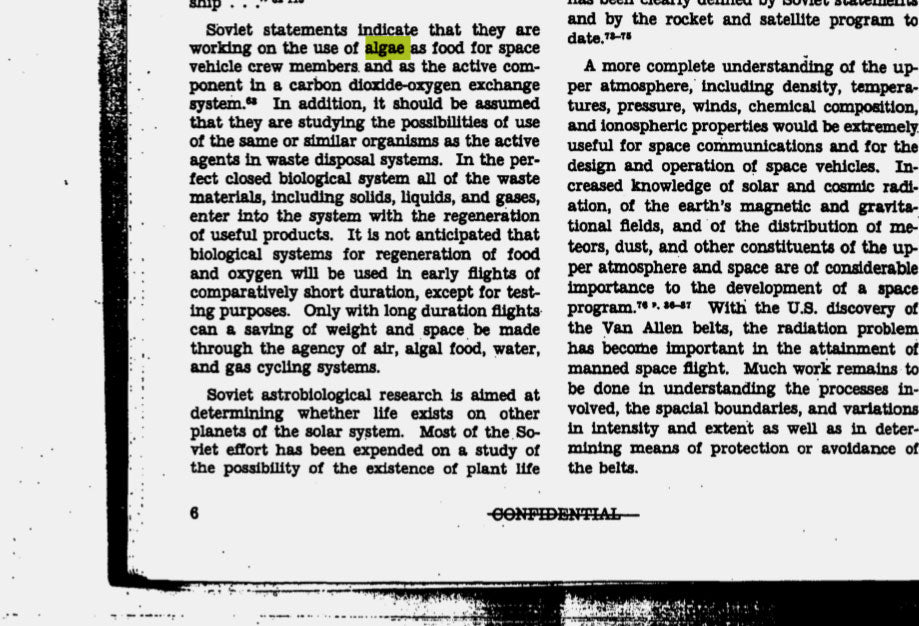
Every food was once a non-food.
The food we eat today is completely unlike what people ate 200 years ago. Cultures define themselves by what foods they eat and what foods they don’t. Culture evolves. Non-foods become foods.
Nonfood started as a way to change the culture that contributes immense waste in our current ecological climate, and to cultivate a conversation around the aesthetic experience of food. Nonfood makes new food products from algae, believing that food isn’t just about calories – food can be delicious, nutritious, sustainable and interesting.
The limits of “food”
Today almost everything we eat originates from a very small number of species – corn, soy, wheat, rice, not to mention chickens and cows – the so called food monocultures produced on massive scale. Many of these species have been selectively bred to become gigantic, very fast growing and economically efficient staples. In addition to having immense negative impact on the environment, their nutrient content and biological variety has suffered as a result. There is, however, another possible food that is not being utilized that is both extremely productive and extremely nutritious.

A new, old friend: ALGAE
Algae has existed almost since the beginning of life on Earth. It was the original source of food for all animals, and it produces most of the oxygen in the air we breathe today. There is an incredible variety of algae: more than one million species are estimated to exist.
Although it has been consumed for centuries in Africa and Mexico, most people in the US and Europe never thought of it as a possible food. Some exceptions are in the space industry and science fiction. The US, EU, and Soviet/Russian space agencies all experimented with algae as a food source and a source of oxygen during space flights because it can be produced with only minimal resources.

FOR THE FUTURE
Today we know that the requirement to minimize waste and resource use is equally necessary on Earth. So algae – a food source originally developed for space flight – is now something that can help re-balance the human impact on earth. Algae uses only the fraction of the resources of any other food: algae can use one one-hundredth of the amount of resources of plant products and one one-thousandth of animal products. It’s extremely fast growing, but also densely nutritious: high in protein, vitamins, minerals, antioxidants, phytonutrients and omega-3s to name a few.
When algae goes from non-food to food we will live on a healthier, cleaner, and more interesting planet.
Photo credits: Nasa Earth Observatory, Biobus, CIA/SI 32-59